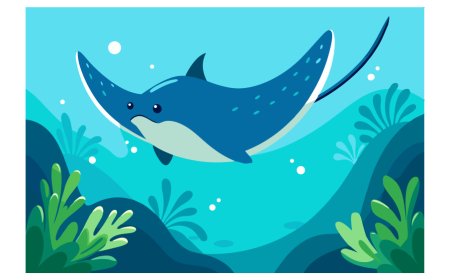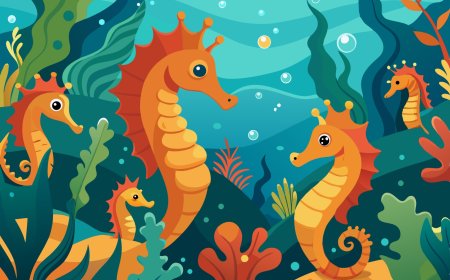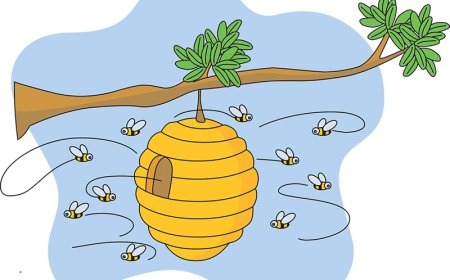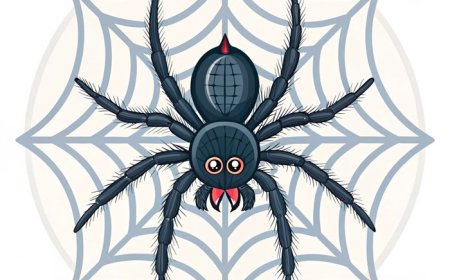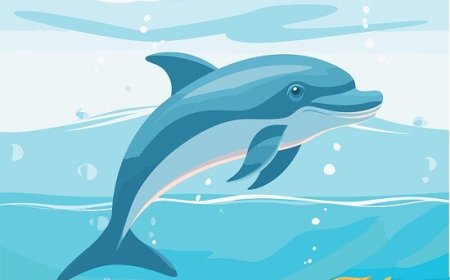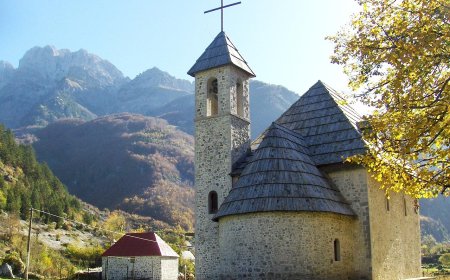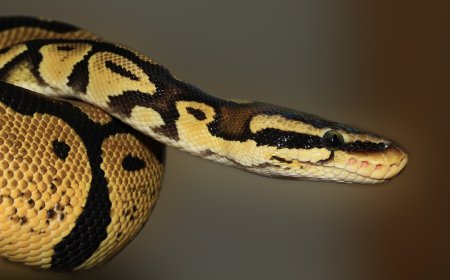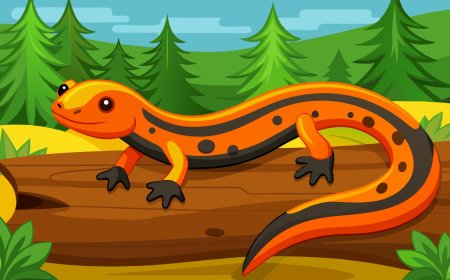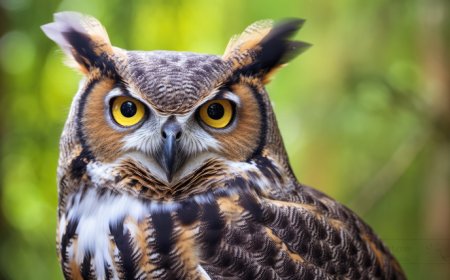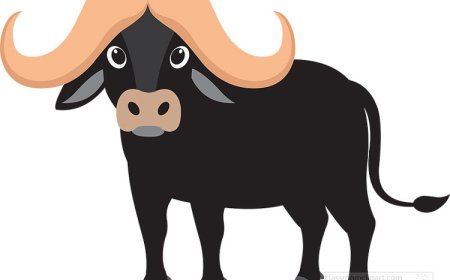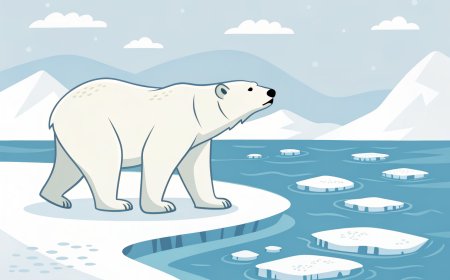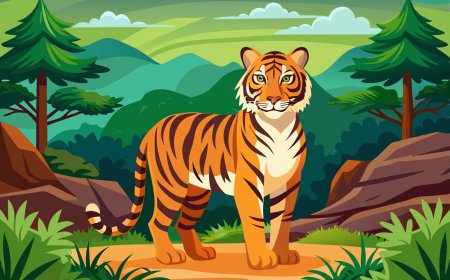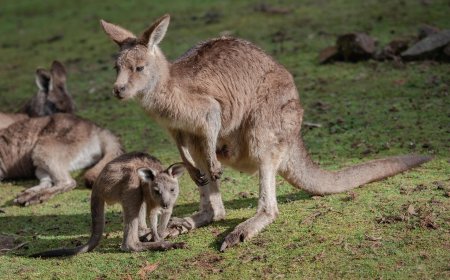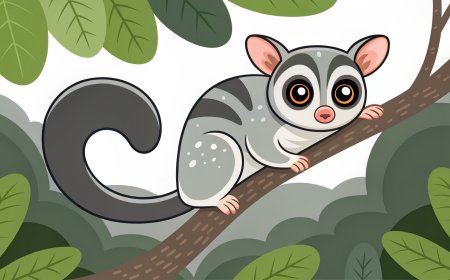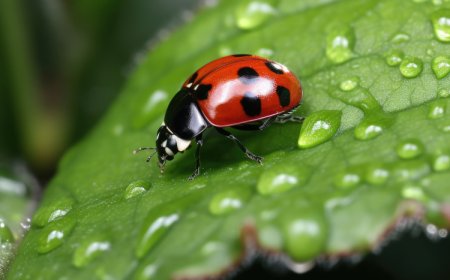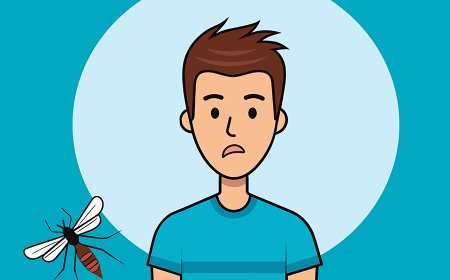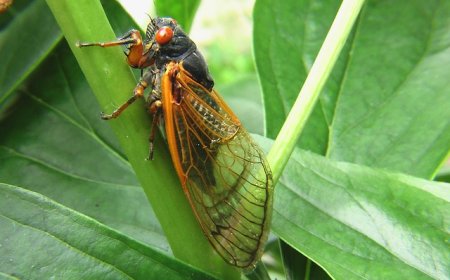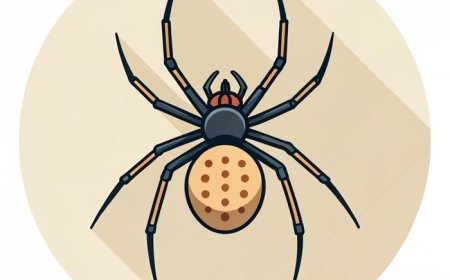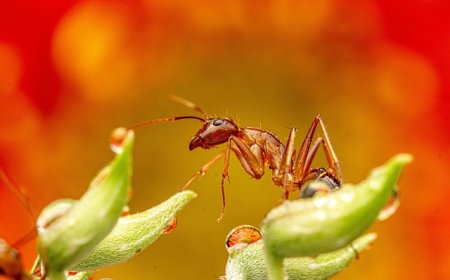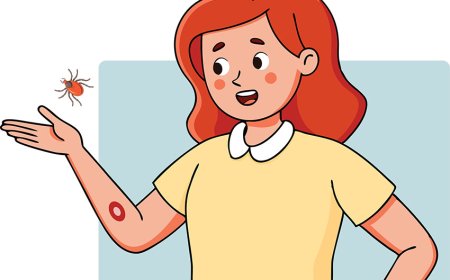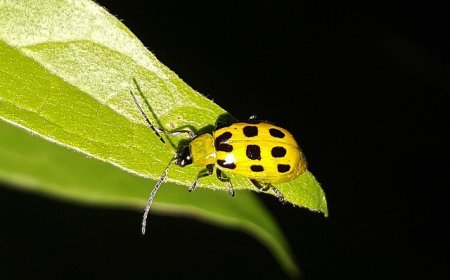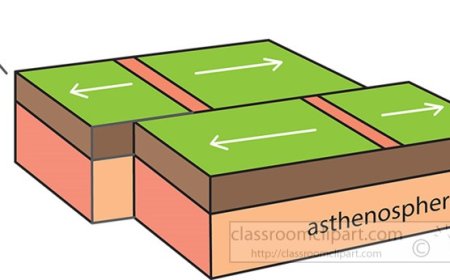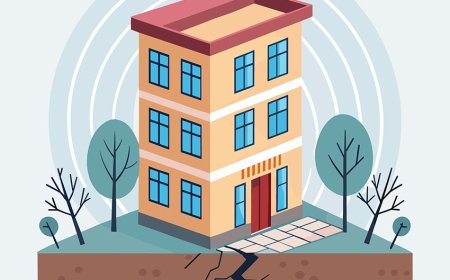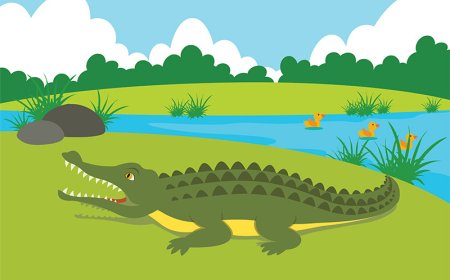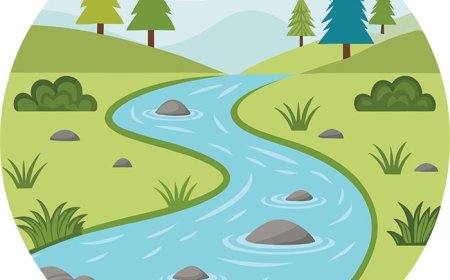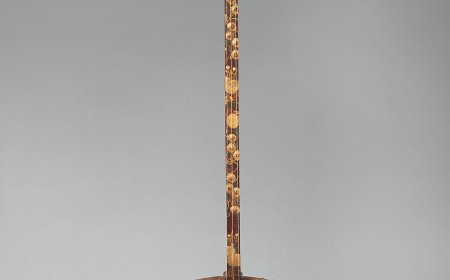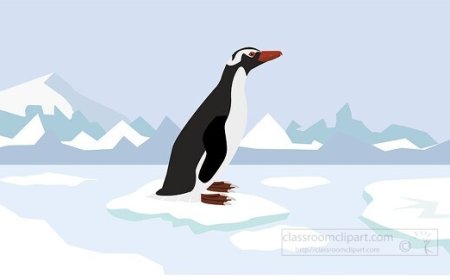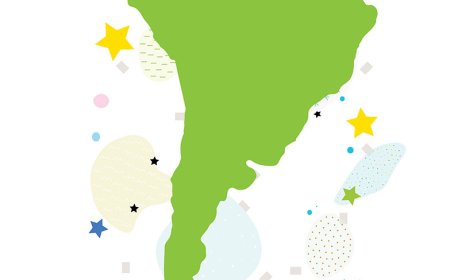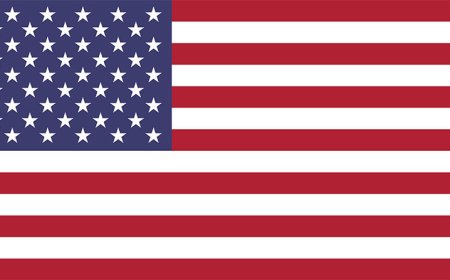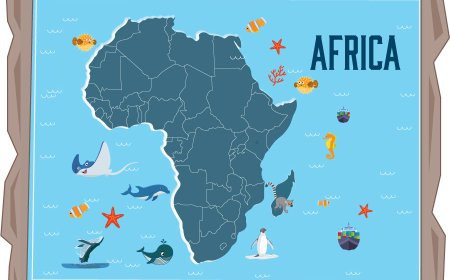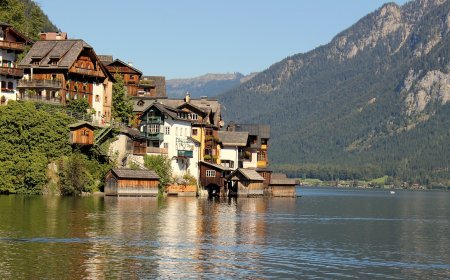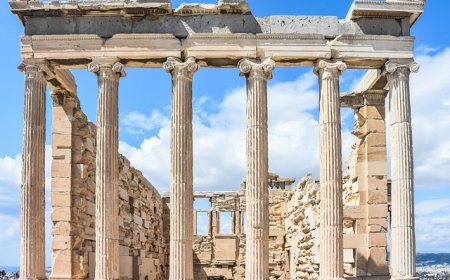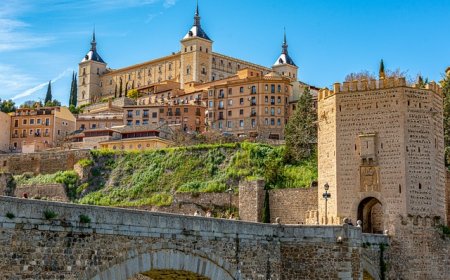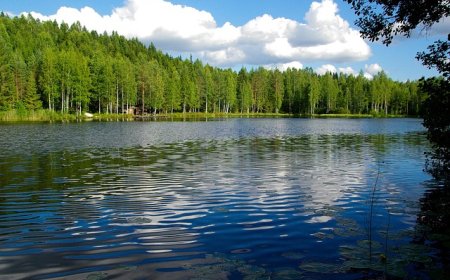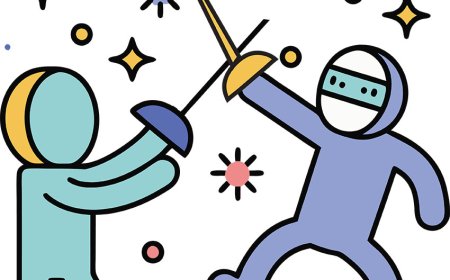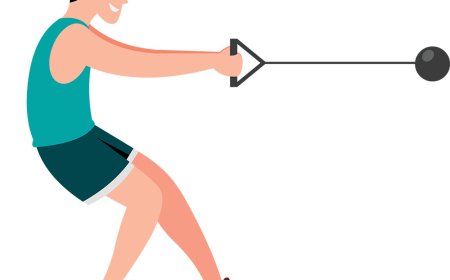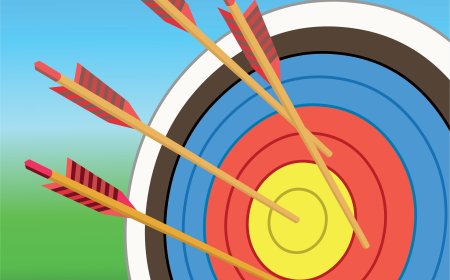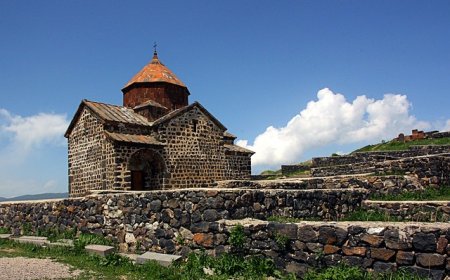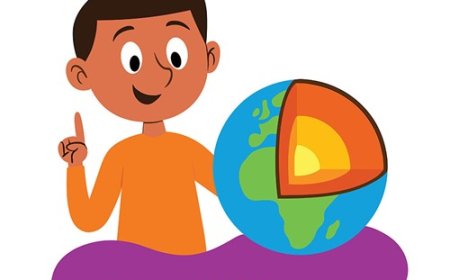Atoms and Molecules for Students in Science Class
Discover what atoms and molecules are how they make up all matter and why they are the building blocks of everything from air to animals to outer space
🌟 Introduction
Every object you see, touch, or even breathe is made from atoms and molecules. They are so tiny you cannot see them without powerful microscopes, yet they form everything from the smallest grain of sand to the largest planet. Understanding atoms and molecules helps explain why substances have certain colors, smells, or strengths-and how they interact to create new materials.
🔍 What Are Atoms and Molecules?
Atoms
An atom is the smallest particle of an element that still has that element's properties. Atoms have three main parts:
-
Protons - positively charged particles in the nucleus
-
Neutrons - particles with no charge in the nucleus
-
Electrons - negatively charged particles that move around the nucleus in regions called shells or energy levels
Molecules
A molecule forms when two or more atoms bond together. These can be atoms of the same element (O₂ oxygen gas) or different elements (H₂O water). Molecules can be very simple or made of thousands of atoms.
💡 Why Are They Important?
-
They are the building blocks of matter - Everything is made of atoms and molecules.
-
They determine properties - How atoms are arranged affects hardness, color, and reactivity.
-
They explain chemical reactions - Chemical changes happen when atoms rearrange into new molecules.
-
They connect chemistry and physics - Understanding their structure explains conductivity, magnetism, and more.
-
They make life possible - Molecules like DNA, proteins, and water are essential to living things.
🧪 Examples in Everyday Life
-
Water you drink: H₂O molecules
-
Air you breathe: mostly nitrogen (N₂) and oxygen (O₂) molecules
-
Salt on food: sodium chloride (NaCl) made from sodium and chlorine atoms
-
Table sugar: C₁₂H₂₂O₁₁ made from carbon, hydrogen, and oxygen atoms
✨ Fun Facts
-
If you lined up atoms from your finger, you would need millions just to match the width of one hair.
-
The human body has around 7 octillion atoms.
-
Diamonds and pencil lead are both made of carbon atoms-but arranged differently.
📌 Key Takeaways
-
Atoms are the smallest units of elements.
-
Protons, neutrons, and electrons make up atoms.
-
Molecules are two or more atoms bonded together.
-
Molecules can be made of the same or different elements.
-
The arrangement of atoms affects how substances look and behave.
🐾 Kid-Friendly Summary
Atoms are like tiny LEGO bricks that make up everything in the universe. When you snap a few bricks together, you get a molecule. Different arrangements make different things-just like different LEGO builds.
📚 Vocabulary Words
-
Atom - Smallest part of an element with its properties
-
Nucleus - Center of the atom containing protons and neutrons
-
Proton - Positively charged particle in the nucleus
-
Neutron - Neutral particle in the nucleus
-
Electron - Negatively charged particle moving around the nucleus
-
Molecule - Two or more atoms bonded together
-
Bond - Force that holds atoms together
-
Element - Pure substance made of one kind of atom
-
Compound - Substance with atoms of different elements bonded together
-
Chemical Formula - Symbols showing which atoms make a molecule and how many of each
-
Electron Shell - Area where electrons are likely to be found
-
Particle Model - Way of representing atoms and molecules
🧠 Interactive Quiz
Choose the best answer for each question.
-
What is the smallest particle of an element?
- A. Molecule
- B. Atom
- C. Proton
- D. Neutron
-
Which particles are found in the nucleus of an atom?
- A. Protons and neutrons
- B. Electrons and neutrons
- C. Protons and electrons
- D. Neutrons and molecules
-
Which is an example of a molecule made of the same element?
- A. H₂O
- B. O₂
- C. CO₂
- D. NaCl
-
What holds atoms together in a molecule?
- A. Gravity
- B. Magnetic force
- C. Chemical bonds
- D. Friction
-
Which is true about molecules?
- A. They always contain different elements
- B. They are always visible to the eye
- C. They can be made of the same or different elements
- D. They cannot form compounds
